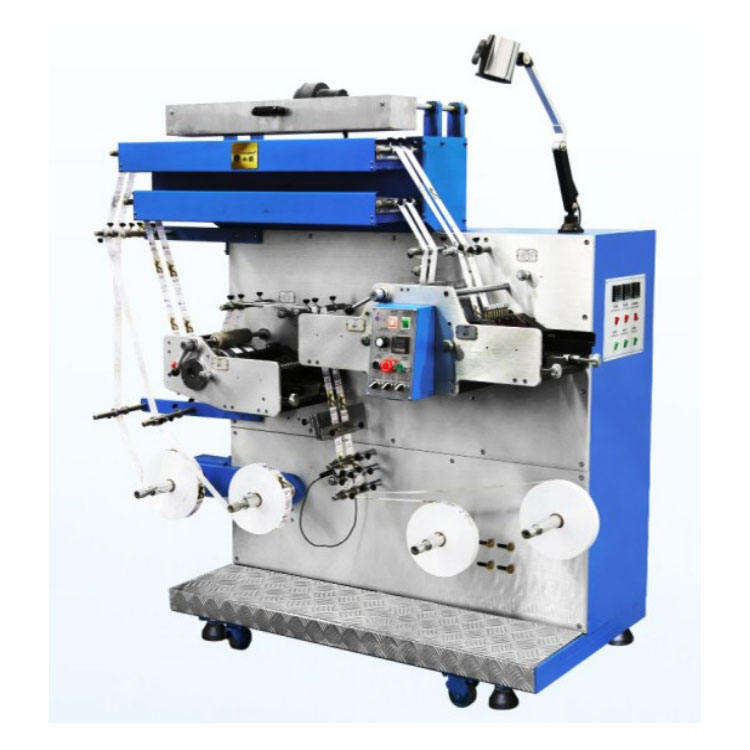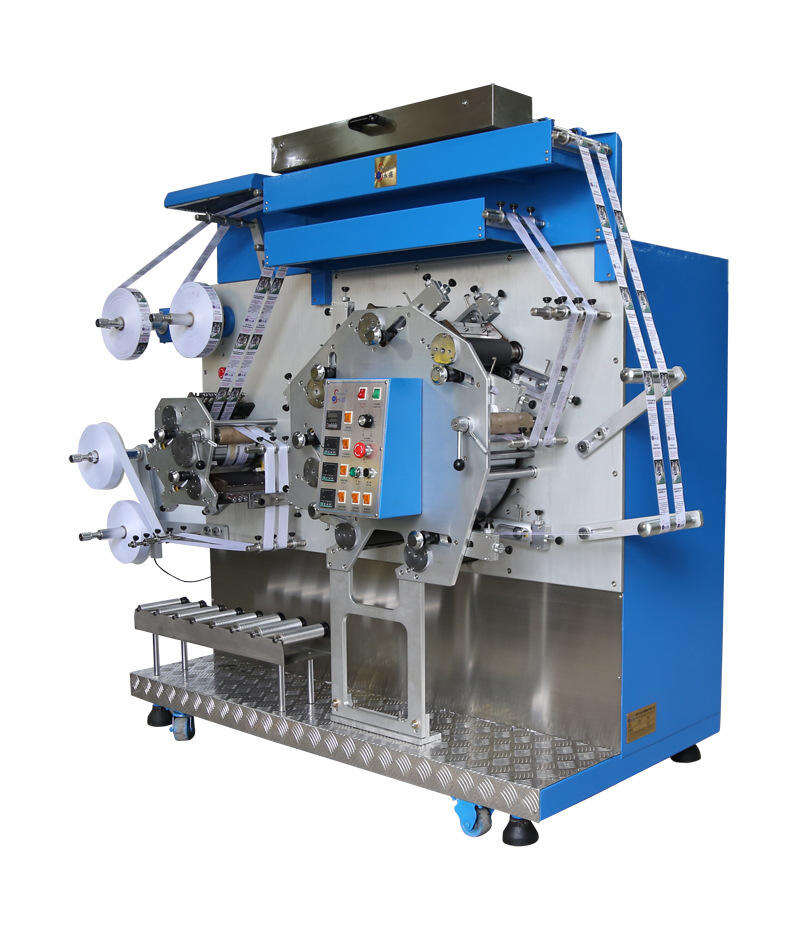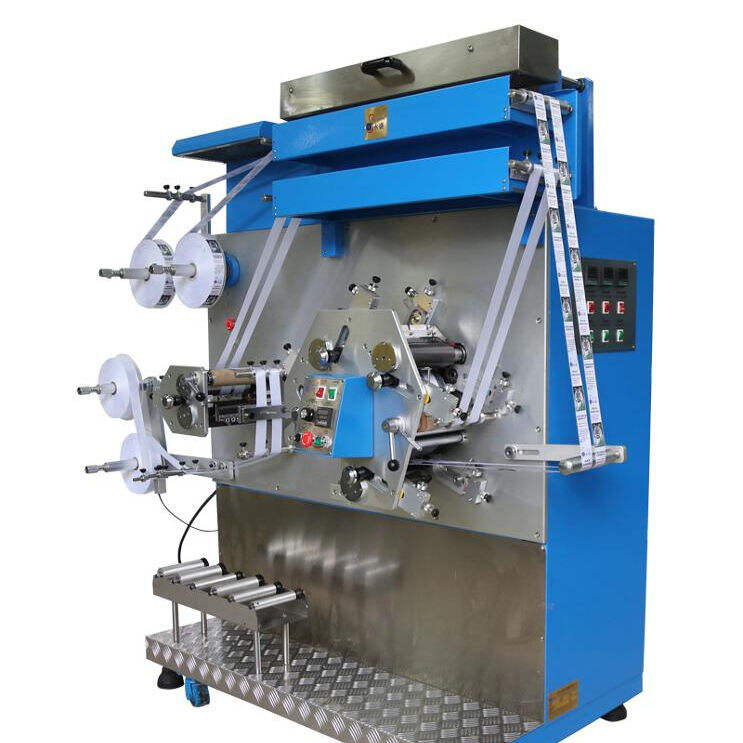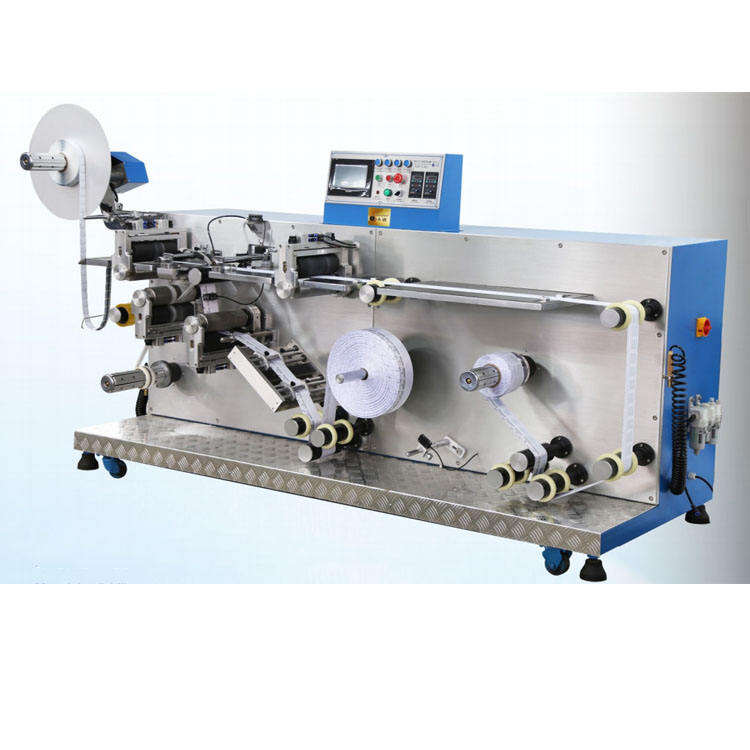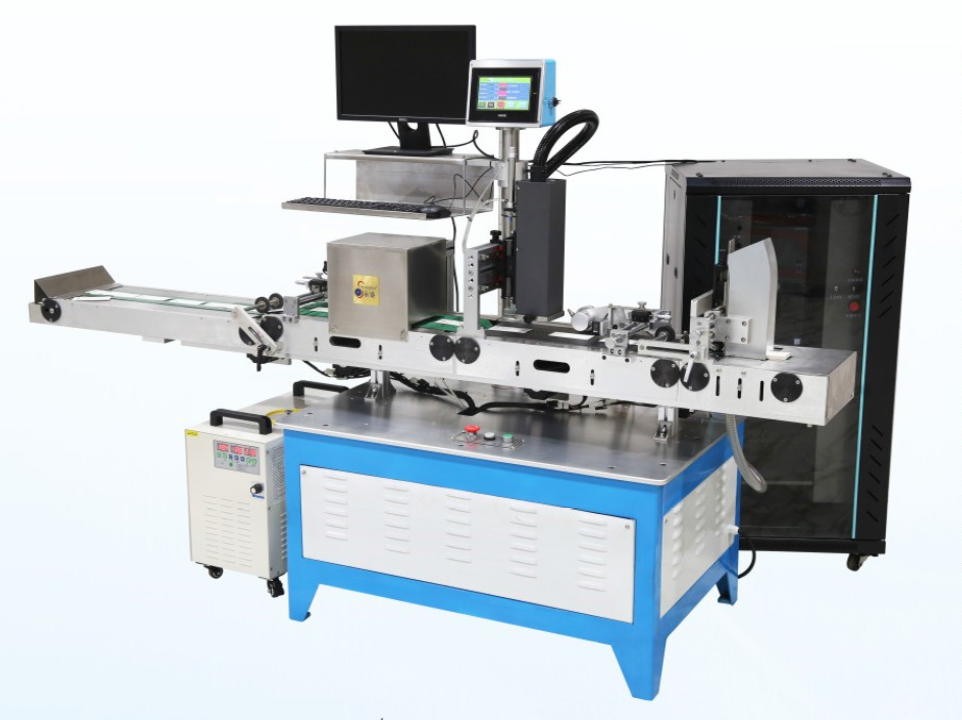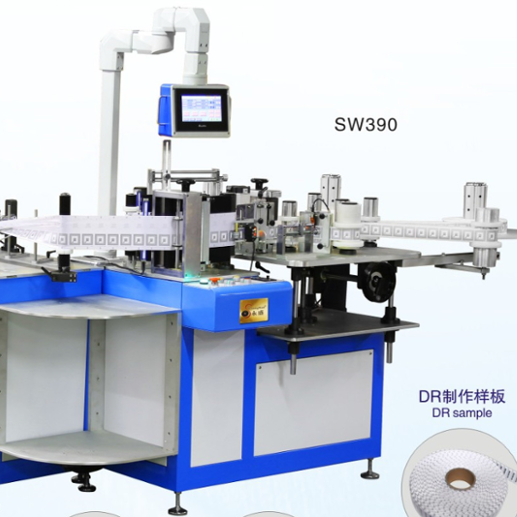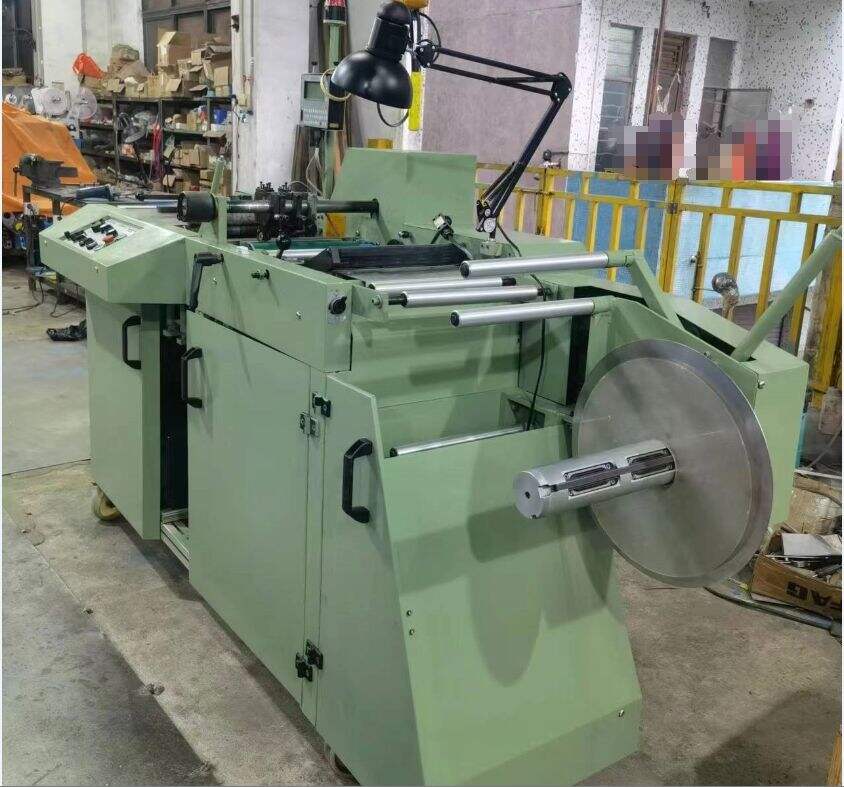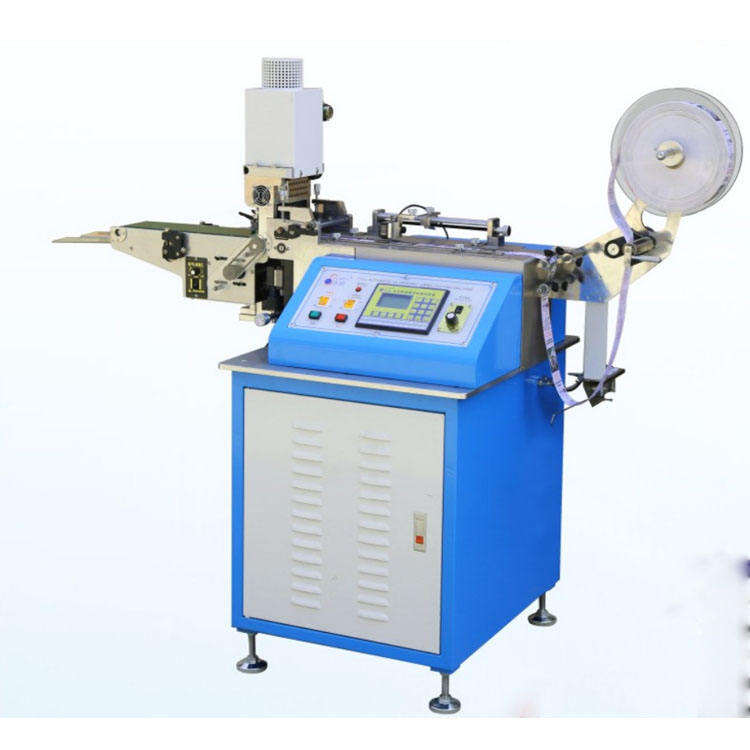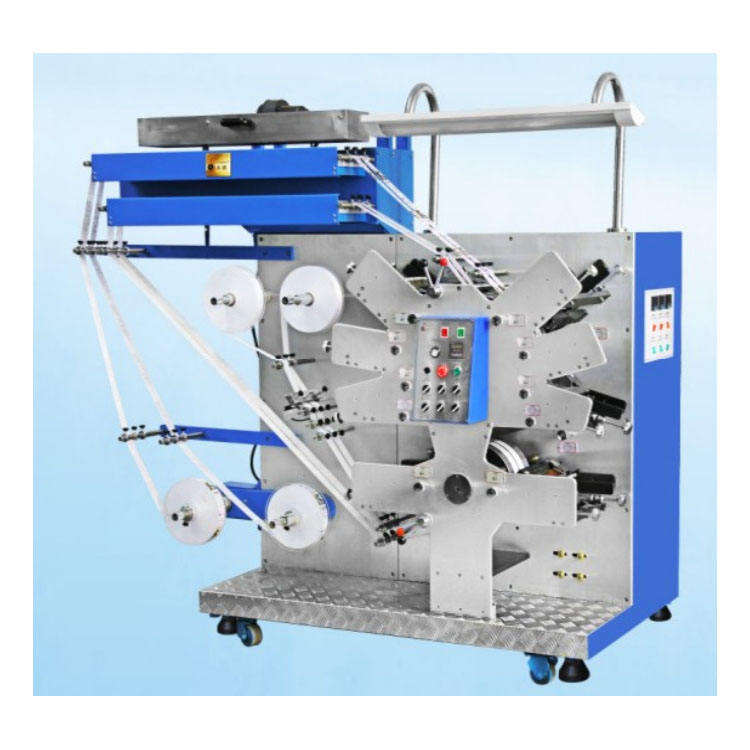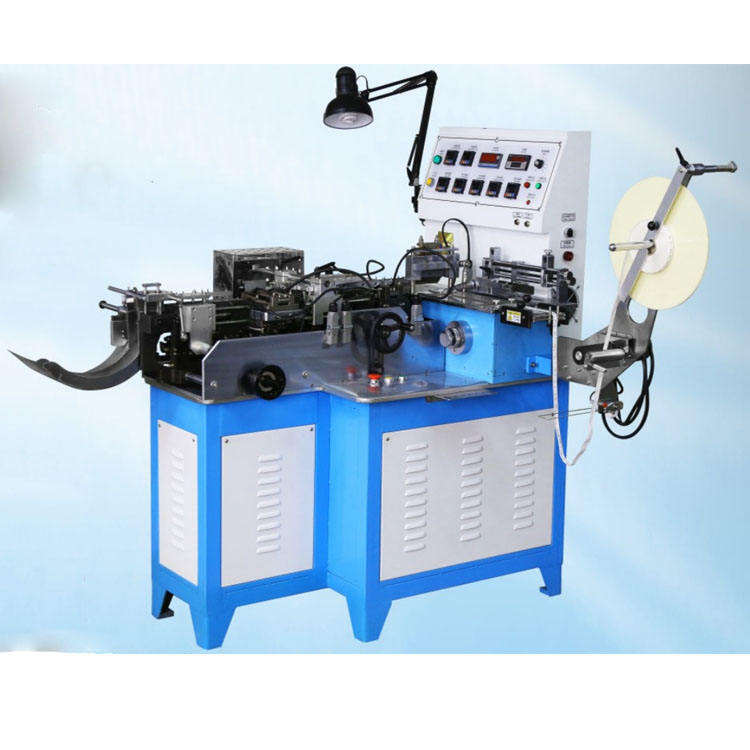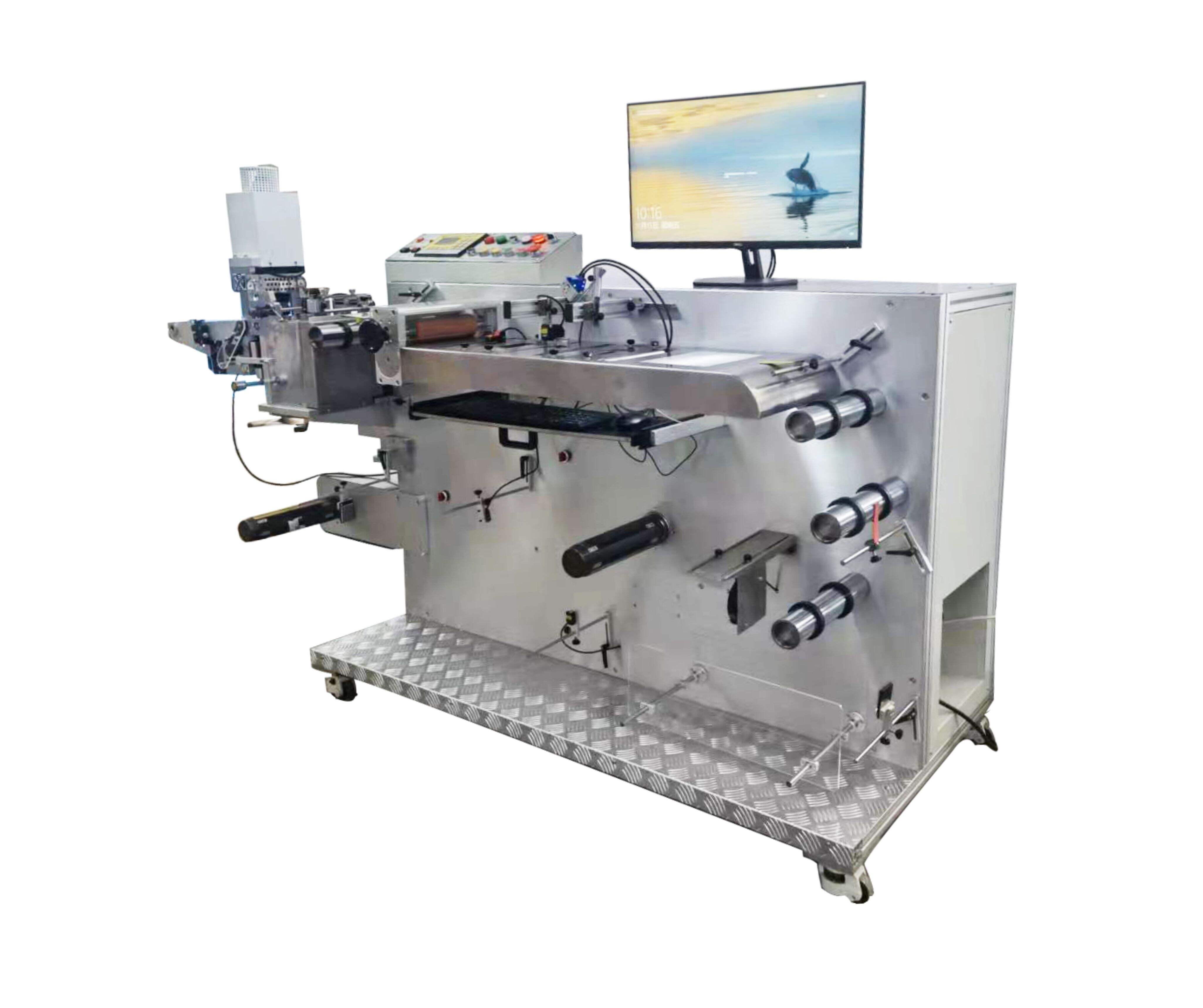Advancements in Flexographic Printing for Durable Industrial Labels
Technological Breakthroughs in Flexographic Printing Systems
Precision Color Matching Capabilities
The latest advancements in color matching technology for flexographic printing have revolutionized how we achieve color consistency. Today’s systems utilize sophisticated spectrophotometers and software algorithms that match printed colors with unparalleled precision. This precision in color matching ensures that every print run maintains the same visual quality, significantly reducing waste by minimizing the need for color adjustments during production.
Precision color matching technology has been instrumental in boosting production accuracy. By ensuring that colors are matched correctly on the first attempt, manufacturers can reduce rework and unsellable waste, enhancing overall efficiency. Some notable manufacturers in the field leading these advancements include Heidelberg and Fujifilm, who have integrated cutting-edge color management systems that streamline processes and improve throughput. Case studies have shown that companies implementing these technologies have reduced color variability by up to 30%, translating to better resource use and cost savings.
Advanced Anilox Roller Configurations
Anilox rollers are critical components in the flexographic printing process, responsible for transferring ink consistently onto the printing substrate. Recent advancements in anilox roller configurations have greatly influenced ink transfer quality, ensuring more uniform coverage and vibrant prints. These advancements include laser-engraved rollers and high-density ceramic coatings designed to accommodate a wider range of ink viscosities and optimize print performance.
There is a range of anilox roller designs, each catering to different flexographic applications. For instance, laser-engraved anilox rollers are celebrated for their precision, helping to reduce ink consumption and increase print clarity. Industry innovations have highlighted these designs' efficient role in reducing the total ink used by up to 15% while achieving top-tier print quality. Industry experts, such as those from Harper Corporation, emphasize that the continuous development of anilox technology is pivotal to meeting the high standards of modern printing demands.
Real-Time Registration Control Systems
Registration control is crucial for maintaining consistent print quality across flexographic printing processes. Real-time registration control systems have emerged as essential tools in the industry, effectively monitoring and adjusting registration during the print run to ensure perfect alignment of colors and patterns. These systems work using advanced sensors and software to rapidly detect discrepancies in print registration and automatically correct them in real-time.
Manufacturers that have adopted these real-time monitoring systems report significant improvements in production outcomes. For example, by minimizing registration errors, companies can achieve up to a 40% reduction in material waste, enhancing both efficiency and sustainability. Testimonials from industry leaders like Mark Andy have praised the profound impact of these technologies, highlighting their role in maintaining high-quality standards and increasing production throughput. Such testimonies provide strong evidence of the tangible benefits realized through these control systems.
Durability Enhancements for Industrial Label Production
Chemical-Resistant Ink Formulations
Chemical-resistant inks play a vital role in industrial labeling applications, providing durability against harsh environments and chemical exposure. These inks are specially formulated to withstand solvents, oils, and various chemicals that labels may encounter in industrial settings. Recent advancements in ink technology have led to enhanced formulations that offer greater resistance, ensuring that labels remain intact and legible even in demanding conditions. According to research studies, these inks exhibit high efficacy, with tests showing significant improvement in label longevity and readability over extended periods of chemical exposure.
High-Adhesion Substrate Compatibility
High-adhesion substrates are crucial for ensuring label performance in challenging conditions, such as extreme temperatures, moisture, and abrasion. The latest innovations in substrate materials have focused on maximizing adhesion properties to ensure labels securely affixed to various surfaces, enhancing durability. This progress in substrate technology has transformed label applications, allowing them to stick to surfaces that were previously challenging. Industry experts have highlighted how these advancements in substrate materials drastically improve the reliability and lifespan of labels, thus positively impacting the labeling process and reducing the need for frequent replacements.
Modern Flexo Machinery for Demanding Applications
Six Color Anilox Roller On Running Registration Flexo Label Printing Machine
The Six Color Anilox Roller On Running Registration Flexo Label Printing Machine stands out as an exemplary tool for crafting complex label designs with precision. This machine utilizes a six-color printing system, which ensures more refined and vivid prints, essential for effective commercial promotion and image marketing. Each color can be independently controlled, allowing for intricate and accurate designs. The integration of the On Running Registration (ORR) system further enhances production efficiency by automatically adjusting registration during printing, minimizing deviations and improving label quality and stability. Users have consistently praised this machine for its reliability in demanding production environments, highlighting its efficient printing process and stable operation.
2024 Popular High Speed Five Colors Flexo Tape Printing Machine
Scheduled for launch in 2024, the Popular High-Speed Five Colors Flexo Tape Printing Machine promises remarkable advancements in speed and efficiency. This flexo machine leverages advanced printing technology to deliver high-speed, multi-color tape printing, meeting the high-volume demands of various industries such as packaging and logistics. The five-color capability significantly broadens creative design possibilities, enabling companies to produce vibrant, eye-catching tapes. Market analysis reveals a growing demand for such versatile machines, pointing to a continually expanding industry reliant on innovative printing technology. As businesses look to optimize their production workflows, the sales figures for these machines affirm their impactful role in the flexo printing sector.
2024 High Speed Three Colors Flexo Clothing Label Printing Machine
The 2024 High-Speed Three Colors Flexo Clothing Label Printing Machine introduces key features aimed at the clothing and textile industries. Its three-color flexo printing capacity is designed to deliver high-quality and high-precision printing for clothing labels, crucial for detailed designs that enhance brand visibility. Modern engineering advancements ensure operational speed and consistent quality, significantly boosting production efficiency. Case studies demonstrate this machine's exceptional performance, supported by expert endorsements that validate its claims. As clothing manufacturers demand faster and more reliable printing solutions, this machine stands out for meeting industry standards and exceeding expectations.
Operational Efficiency in Flexographic Label Manufacturing
Automated Waste Reduction Features
Automated waste reduction features are crucial to the flexographic printing process as they significantly impact profitability and sustainability. Implementing these features minimizes material wastage, thereby reducing costs and enhancing resource efficiency. Recently introduced in the industry are advanced sensor systems that detect errors in real-time, allowing for immediate adjustments and decreasing unnecessary waste. An example can be seen with manufacturers such as Bobst, who have incorporated intelligent waste management solutions into their equipment, showcasing tangible savings in material costs. By integrating these automated systems, companies can achieve consistent operational efficiency, leading to increased profitability and less environmental footprint.
Energy-Saving Production Workflows
Emerging trends in flexographic label production emphasize energy-saving workflows that enhance operational efficiency while safeguarding quality. Technologies like energy-efficient drying systems and intelligent power management software are now pivotal in reducing energy consumption. These advancements ensure that production quality remains uncompromised, enabling manufacturers to seize ecological and economic benefits. According to a study published in the 'Journal of Cleaner Production,' companies adopting these energy-saving technologies have observed up to a 30% reduction in energy costs, highlighting the substantial impact on profitability and sustainability. As a result, these workflows represent both a smart business strategy and a commitment to responsible printing practices.
Recommended Products
Hot News
-
Reflect On The Cultural Significance Of The Printing Press In Preserving And Disseminating Knowledge
2023-12-08
-
The Role Of The Printing Press In The Global Economy
2023-12-08
-
Environmental Impact: Analyzing The Environmental Footprint Of The Printing Industry
2023-12-08
-
The Frontier Of Printing: 3d Printing And Its Industrial Renaissance
2023-12-08
-
The Evolution And Impact Of The Printing Press
2023-12-08
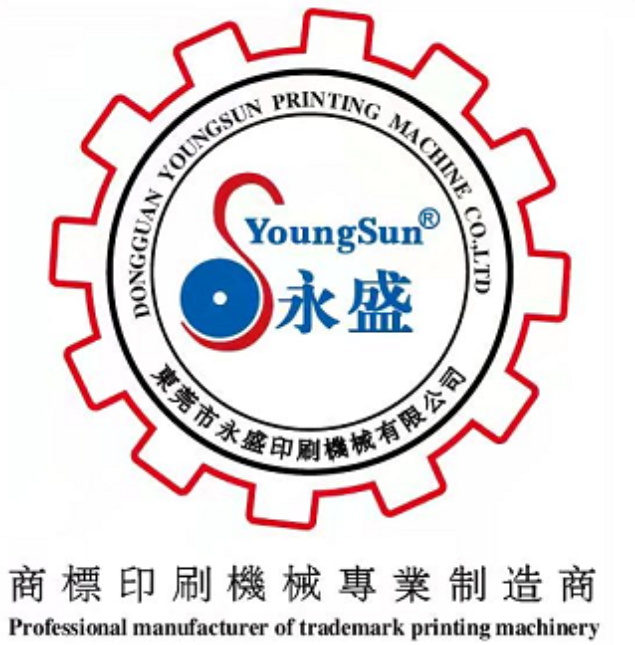
 EN
EN
 AR
AR
 CS
CS
 DA
DA
 NL
NL
 FI
FI
 FR
FR
 DE
DE
 EL
EL
 HI
HI
 IT
IT
 JA
JA
 KO
KO
 PL
PL
 PT
PT
 RO
RO
 RU
RU
 ES
ES
 SV
SV
 IW
IW
 ID
ID
 VI
VI
 SQ
SQ
 HU
HU
 MT
MT
 TH
TH
 TR
TR
 AF
AF
 GA
GA
 BN
BN
 BS
BS
 LO
LO
 LA
LA
 MI
MI
 MN
MN
 NE
NE
 MY
MY
 KK
KK
 UZ
UZ
 KY
KY
